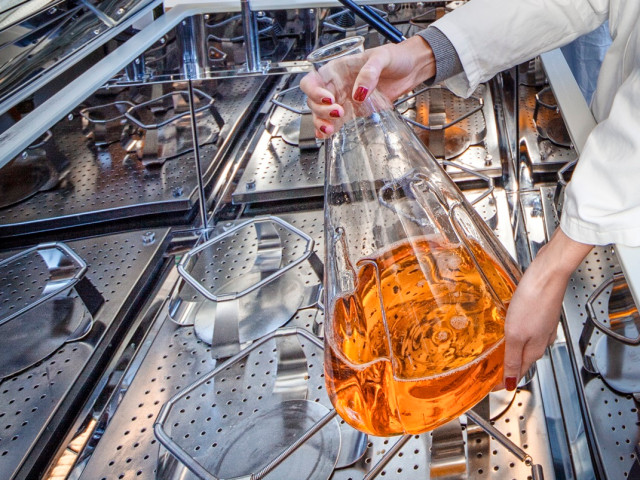The electrochemical double layer, electrode kinetics, mass transfer in electrochemical systems, electrocatalysis. Design of electrochemical reactors, current distribution. Survey of electrochemical processes and power sources.
Experimental techniques.
